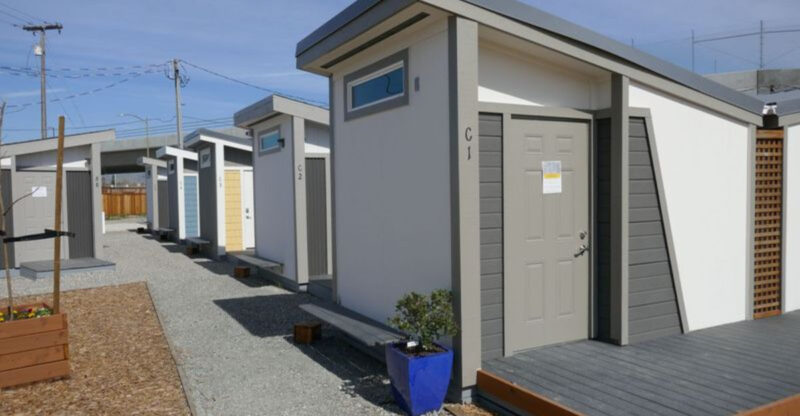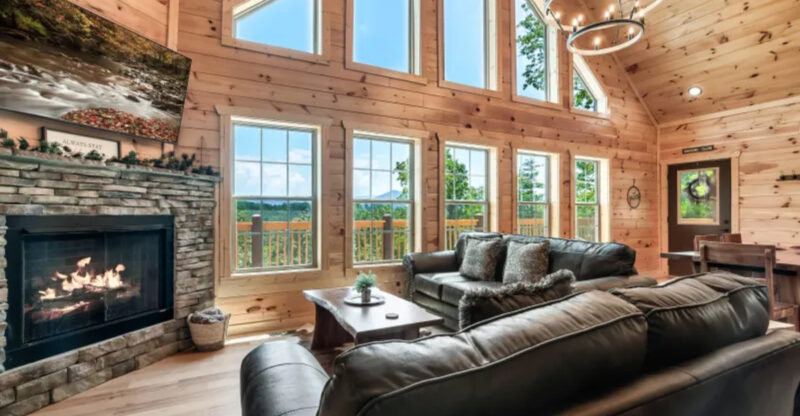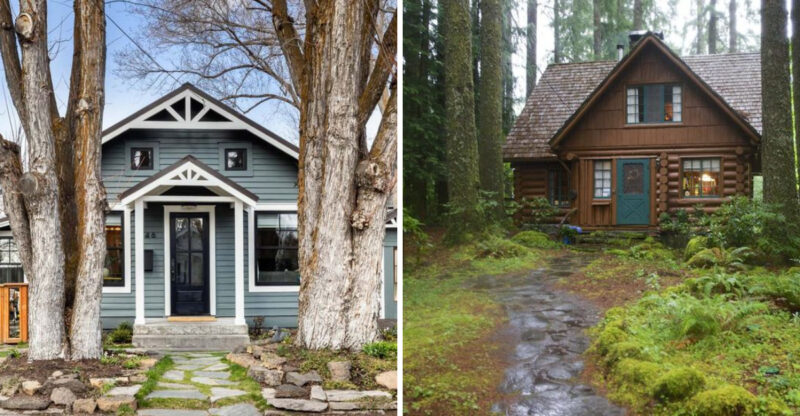Tour 11 Tiny Homes Built From Recycled Materials
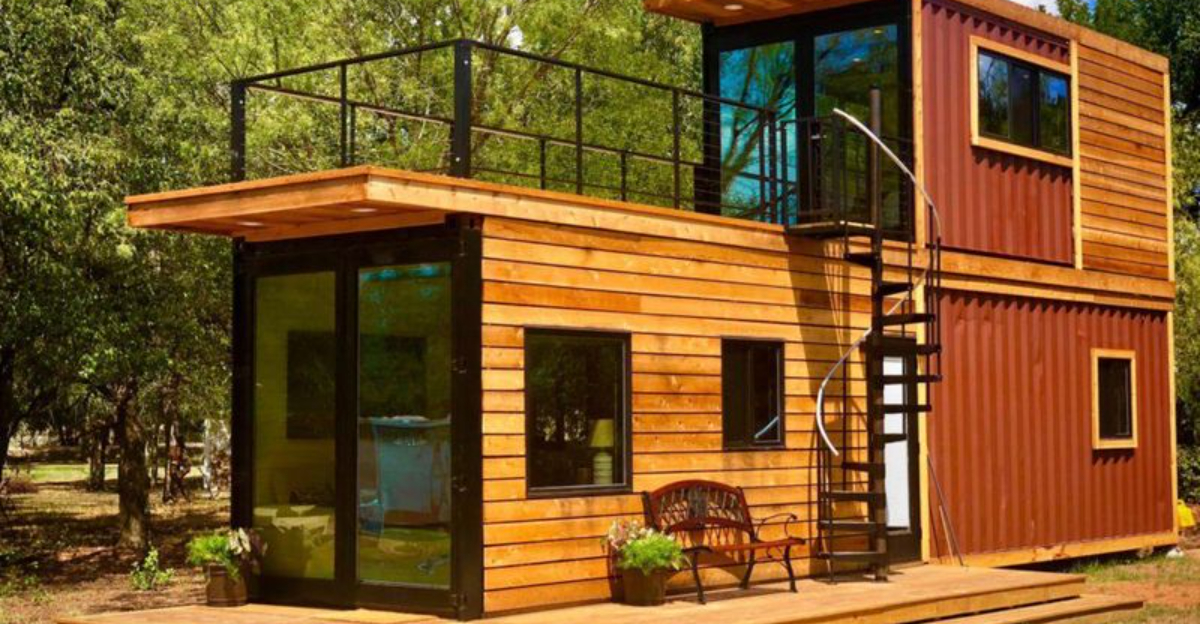
Tiny homes have revolutionized the way we think about living spaces, but when built from recycled materials, they become even more remarkable.
These innovative dwellings showcase how creativity and sustainability can transform discarded items into cozy, functional homes.
From shipping containers to salvaged wood, these 11 tiny homes prove that one person’s trash truly can become another’s treasure.
1. Corrugated-Metal Cabin
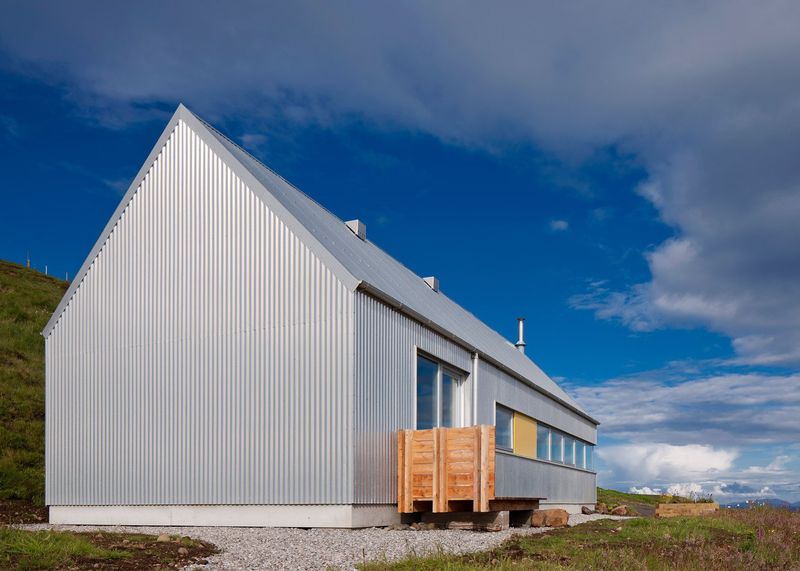
Nestled in a wooded area, this rustic cabin transforms discarded corrugated metal sheets into a weather-resistant shell that gleams in the sunlight. The metal panels, once destined for landfills, now create a distinctive rippled exterior that’s both functional and visually striking.
Inside, the cabin feels surprisingly warm thanks to reclaimed wood flooring and walls that balance the industrial look of the metal. Large salvaged windows flood the space with natural light, making the compact interior feel spacious and bright.
My favorite feature is the rain-chain water collection system that channels rainwater from the metal roof into storage tanks for household use. This clever cabin proves that industrial materials can create a cozy, eco-friendly retreat.
2. Salvaged Wood Tiny Home
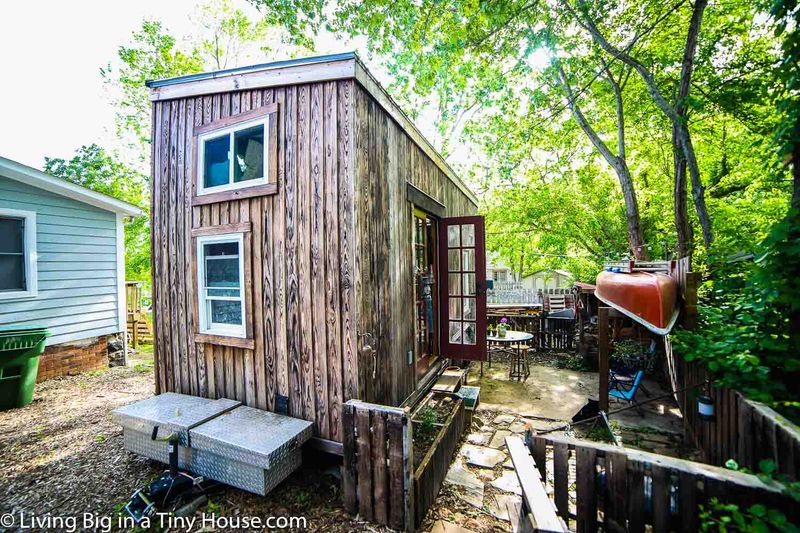
Walking into this charming dwelling feels like stepping into a forest sanctuary. Built almost entirely from salvaged barn wood and timber from demolished buildings, every plank tells a story of its previous life.
The walls showcase a patchwork of different wood grains and colors, creating a warm, textured interior that no new construction could match. Clever built-ins maximize the 220-square-foot footprint, with storage tucked into every available nook.
What makes this home truly special is how the builder preserved the character marks in the wood saw marks, nail holes, and even old paint celebrating the materials’ history rather than hiding it. Solar panels on the reclaimed metal roof provide enough electricity for this off-grid wonder.
3. Eco-Wagon Tiny House
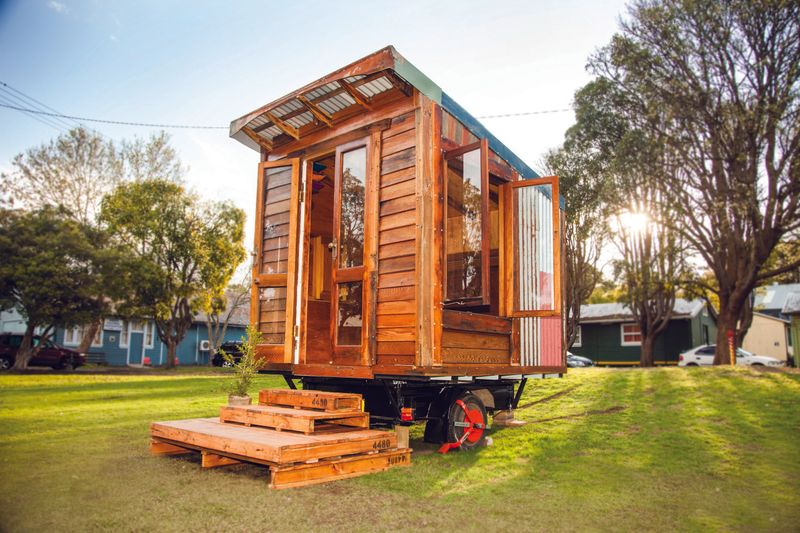
Imagine a Gypsy caravan reimagined for the 21st century! This mobile marvel sits atop an antique farm wagon chassis, combining old-world charm with modern sustainability.
The curved roof consists of flexible solar panels sandwiched between recycled plastic sheets, generating power while maintaining the traditional wagon silhouette. Throughout the wagon, repurposed items find new purpose old dresser drawers become kitchen storage, vintage doorknobs serve as coat hooks, and antique windows frame views of wherever the wagon happens to be parked.
I especially love how the builder incorporated copper piping from an old plumbing job into a rainfall shower system. At just 120 square feet, this tiny house proves you can take sustainable living on the road without sacrificing comfort or style.
4. Scandinavian Style Cabin
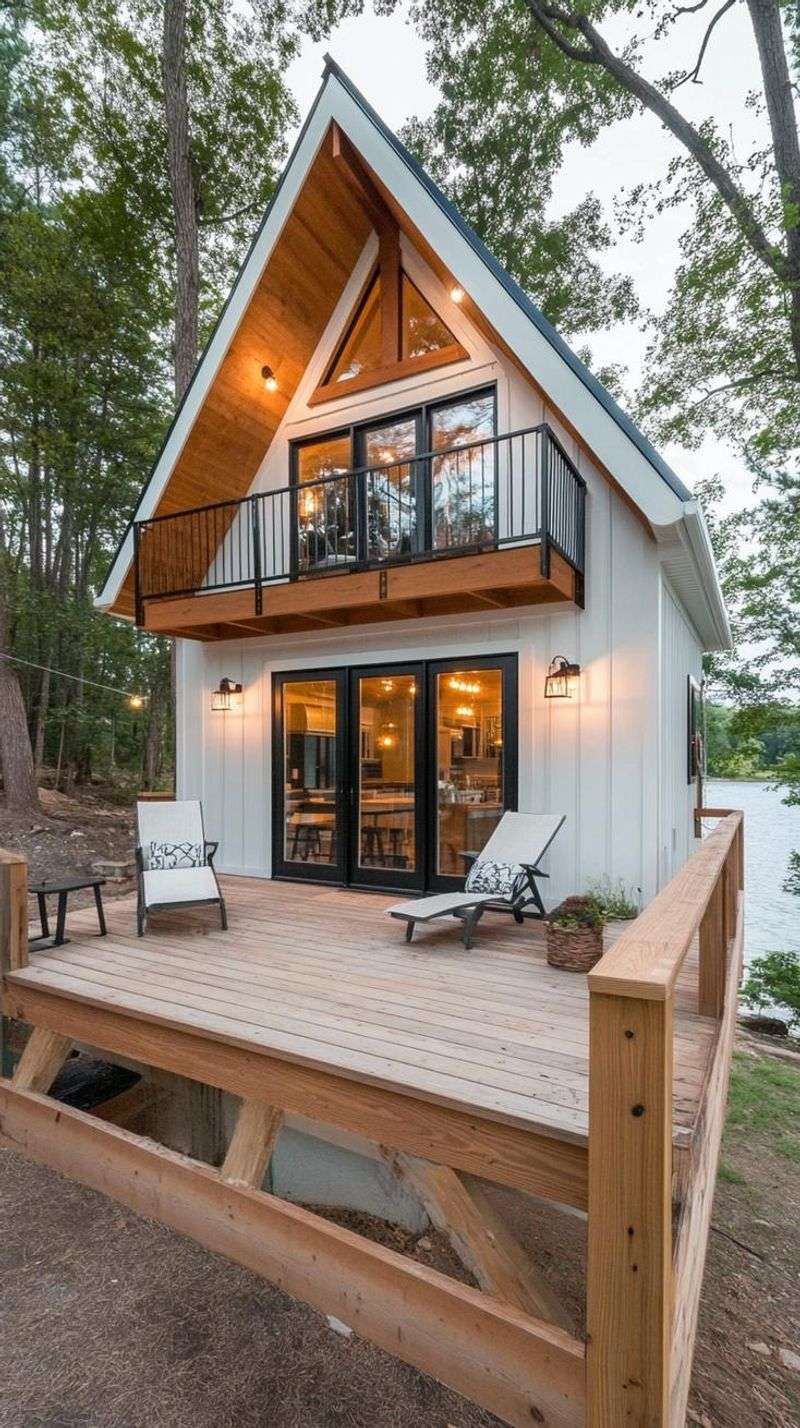
Bright white walls made from reclaimed shipping pallets give this tiny cabin its distinctive Nordic feel. The builder sanded and whitewashed each pallet board, transforming rough industrial packaging into sleek interior paneling that reflects light throughout the 180-square-foot space.
Discarded glass bottles, collected from local restaurants, form a stunning mosaic window that casts colorful patterns across the floor when sunlight streams through. The minimalist furniture includes a bench crafted from an old church pew and a coffee table made from a massive cable spool.
Did you know the insulation hiding behind those beautiful walls is made from recycled denim jeans? This smart design choice keeps the cabin warm during harsh winters while giving old clothes a second life. Scandinavian simplicity meets creative recycling in perfect harmony.
5. Tiny Home on Wheels
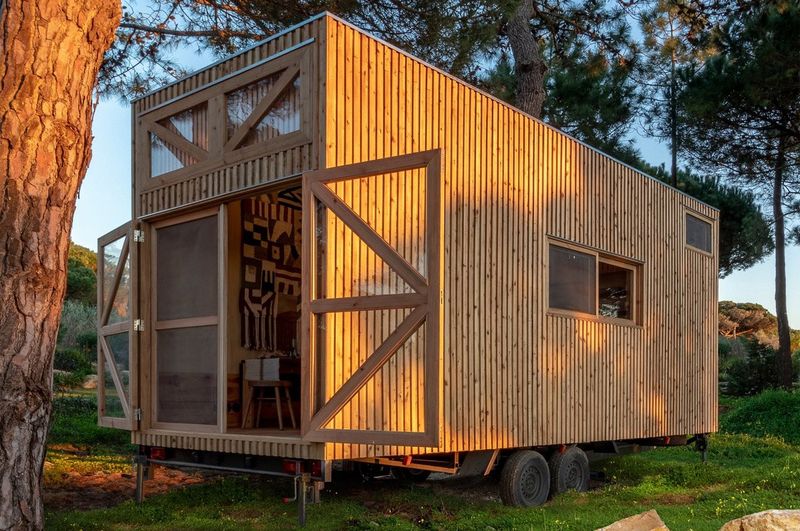
Freedom meets sustainability in this clever mobile dwelling built on a salvaged trailer frame. The exterior showcases a patchwork of reclaimed materials corrugated tin from an old barn roof, cedar shingles rescued from a demolition site, and even colorful license plates forming a decorative border around the door.
Stepping inside reveals a surprisingly spacious layout where every inch serves multiple purposes. The staircase to the sleeping loft doubles as storage drawers made from old wooden crates. A kitchen countertop crafted from broken concrete pieces has been polished to a marble-like finish.
My favorite touch is the shower stall lined with wine bottles cut in half and arranged in a stunning emerald pattern. This rolling tiny house proves you can create a beautiful, functional home while keeping building materials out of landfills.
6. Living Big Eco-Tiny House
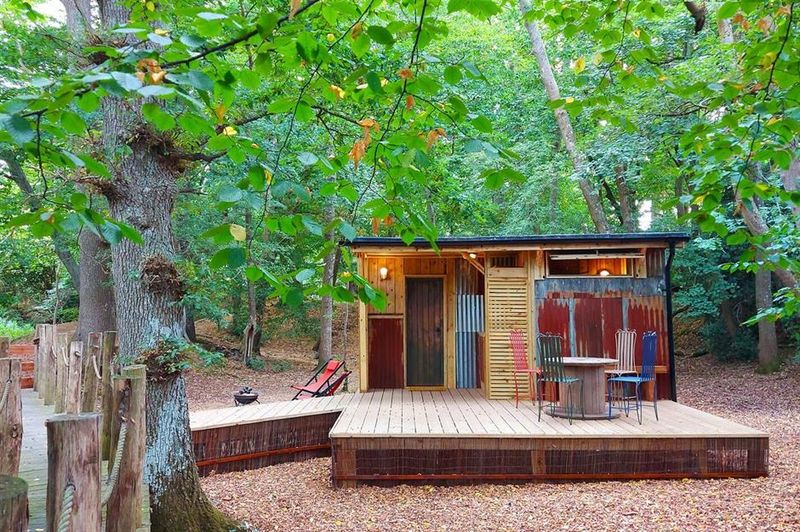
This stunning 250-square-foot home contradicts its modest footprint with clever design that makes it feel surprisingly spacious. The builder repurposed materials from three different demolished houses, giving new life to old-growth timber, vintage fixtures, and classic hardwood flooring that would be impossible to find new today.
Floor-to-ceiling windows salvaged from a university building renovation flood the space with natural light and create a seamless connection to the outdoors. The kitchen features countertops made from crushed glass bottles embedded in concrete, creating a terrazzo-like surface that sparkles in the sunlight.
Where does the electricity come from? Old traffic lights converted into solar panels now power this off-grid gem. The thoughtful integration of outdoor living spaces effectively doubles the usable area while maintaining a minimal environmental footprint.
7. Dan Phillips Reclaimed Build
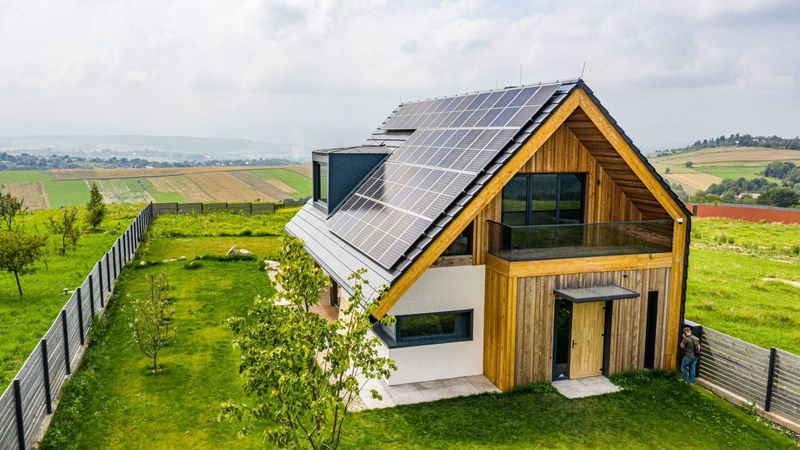
Whimsical and wonderful, this unique creation by renowned recycled-materials builder Dan Phillips showcases his signature playful style. The curved walls incorporate hundreds of mismatched picture frames filled with colorful recycled glass, creating a stained-glass effect that transforms the interior throughout the day.
Every surface tells a story of creative reuse. The floor consists of cork wine stoppers set in resin. Door handles are fashioned from antique silverware bent into fanciful shapes. Even the bathroom sink is a repurposed copper brewing kettle that develops a beautiful patina with use.
If you look closely at the ceiling, you’ll discover a mesmerizing pattern made from thousands of bottle caps arranged in concentric circles. Phillips’ philosophy shines through every detail: imperfection is beautiful, waste is unnecessary, and a home should reflect its owner’s personality rather than passing trends.
8. Earthship Brighton
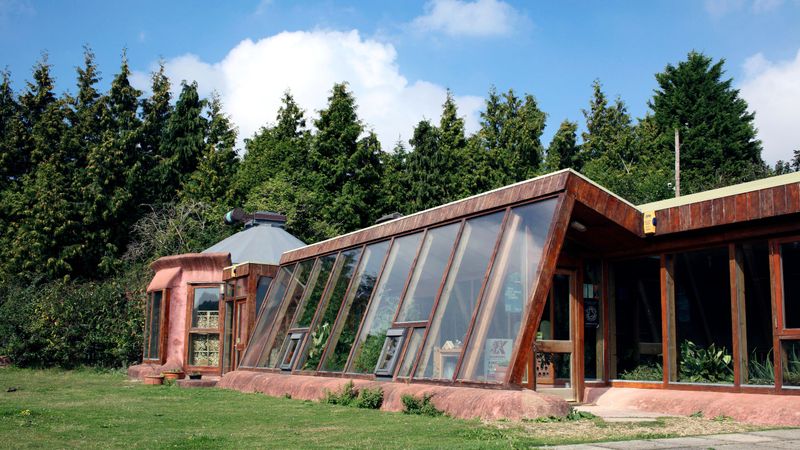
Built into a hillside, this remarkable structure uses old tires packed with earth to create thermal mass walls that regulate temperature year-round. The south-facing facade features an impressive greenhouse constructed from recycled windows of different shapes and sizes, creating a stunning mosaic of glass that captures solar energy.
Inside, walls made from aluminum cans encased in concrete create distinctive, colorful textures throughout the space. Rainwater harvesting systems collect precious moisture from the living roof, which is planted with native species that insulate the home and support local wildlife. How does it handle waste?
An innovative composting system turns human waste into garden fertilizer, completing the sustainability cycle. Though technically larger than most tiny homes at 400 square feet, this Earthship demonstrates how recycled materials can create self-sufficient dwellings that work in harmony with nature.
9. Homeless Shelter Pods
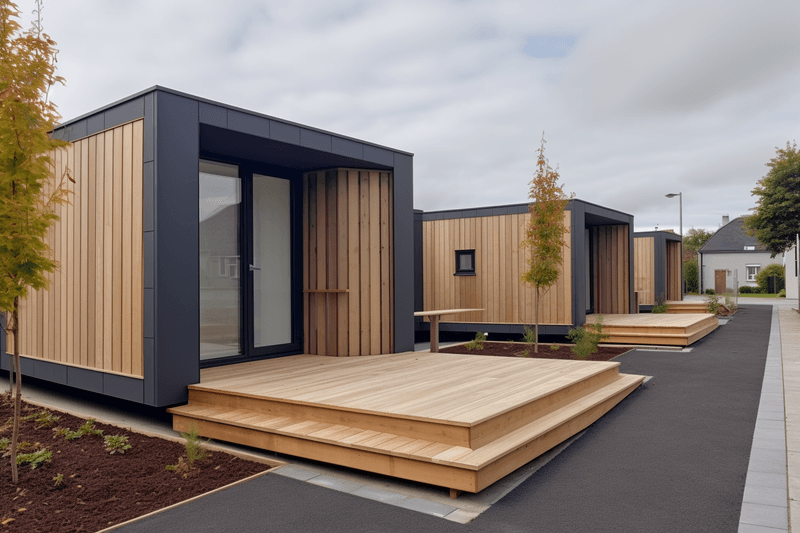
These ingenious emergency shelters transform discarded plastic into life-changing tiny homes for people experiencing homelessness. Each 64-square-foot pod utilizes approximately 1,000 pounds of recycled plastic that would otherwise end up in landfills or oceans.
The modular design allows for quick assembly without specialized tools or skills. Inside, the surprisingly sturdy structures include a bed, storage, a small desk, and solar-powered lighting and charging stations. The plastic walls contain insulating air pockets that maintain comfortable temperatures while being waterproof and resistant to mold.
What makes these pods truly remarkable is their portability each can be disassembled and relocated as needed. Some cities have created small villages of these colorful shelters, providing safe, dignified housing while addressing both environmental and social challenges. The pods demonstrate how recycling can directly improve human lives.
10. Studio Compound Tiny Homes
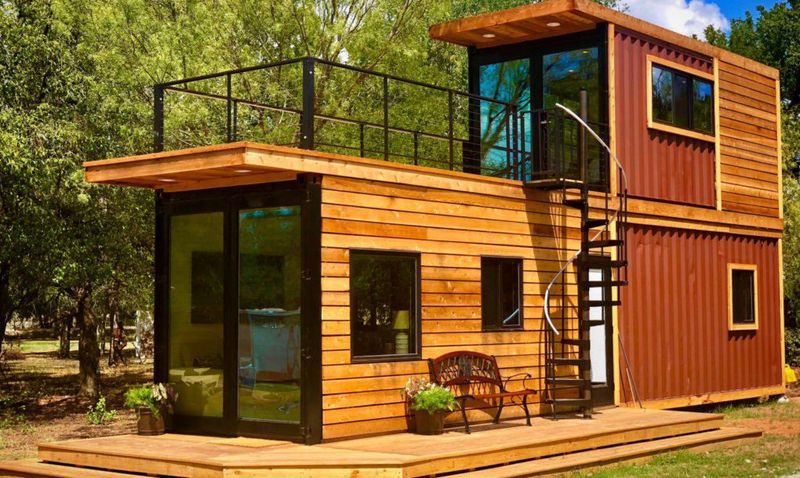
Artists transformed seven shipping containers into an interconnected compound of tiny studios and living spaces. The industrial containers, once used to transport goods across oceans, now form a creative community where each unit serves a different purpose sleeping quarters, kitchen, bathroom, and art studios.
Large sections cut from the corrugated metal sides have been replaced with salvaged windows and doors, creating light-filled spaces that belie their utilitarian origins. The containers are arranged around a central courtyard paved with broken concrete pieces arranged in a mosaic pattern.
My favorite element is the green roof system that covers each container, insulating the metal boxes while growing herbs and vegetables for the residents. The compound demonstrates how recycled materials can create not just individual homes but entire communities designed for collaborative living and working.
11. Farm Trailer Tiny House
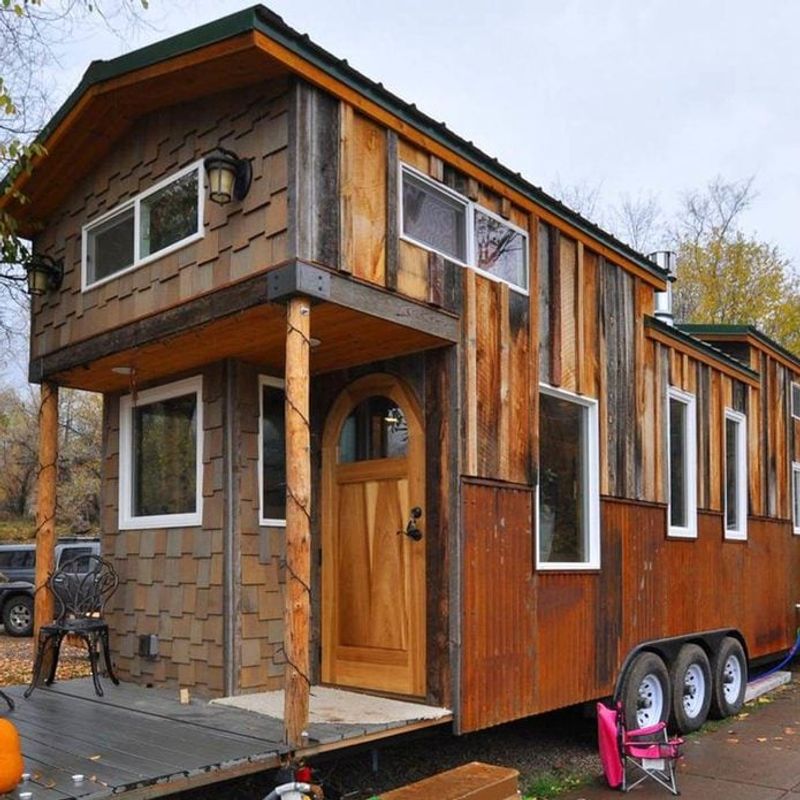
An abandoned horse trailer provides the unexpected foundation for this charming country-style tiny home. The builder preserved the trailer’s metal frame and wheels while completely reimagining the interior and exterior with salvaged materials from local farms.
Barn siding creates warm, weathered walls both inside and out. The tiny kitchen features countertops made from a sliced and polished tree that fell during a storm. Clever storage solutions include old metal milk crates mounted as shelving and a vintage ladder hung horizontally as a pot rack. Where does the bathroom fit? A former water trough has been repurposed into a deep soaking tub with a hand-held shower.
This 120-square-foot home on wheels proves that with creativity and resourcefulness, even the most utilitarian farm equipment can be transformed into a cozy dwelling that honors rural heritage while embracing sustainable living.

